Nvidia RTX 5070 Ti vs. AMD RX 9070 XT: Performance Showdown
While the Nvidia GeForce RTX 5090 may reign supreme at the top of the graphics card market with its hefty $1,999+ price tag, it's not within everyone's budget. Fortunately, you don't need to break the bank to enjoy stunning 4K gaming. Both the Nvidia GeForce RTX 5070 Ti and the AMD Radeon RX 9070 XT offer more affordable alternatives that still deliver a robust 4K gaming experience.
Currently, GPU prices are elevated due to high demand and limited supply following their launch. However, for those seeking a high-end gaming experience without the premium cost, the RTX 5070 Ti and RX 9070 XT stand out as excellent choices.
AMD Radeon RX 9070 XT – Photos
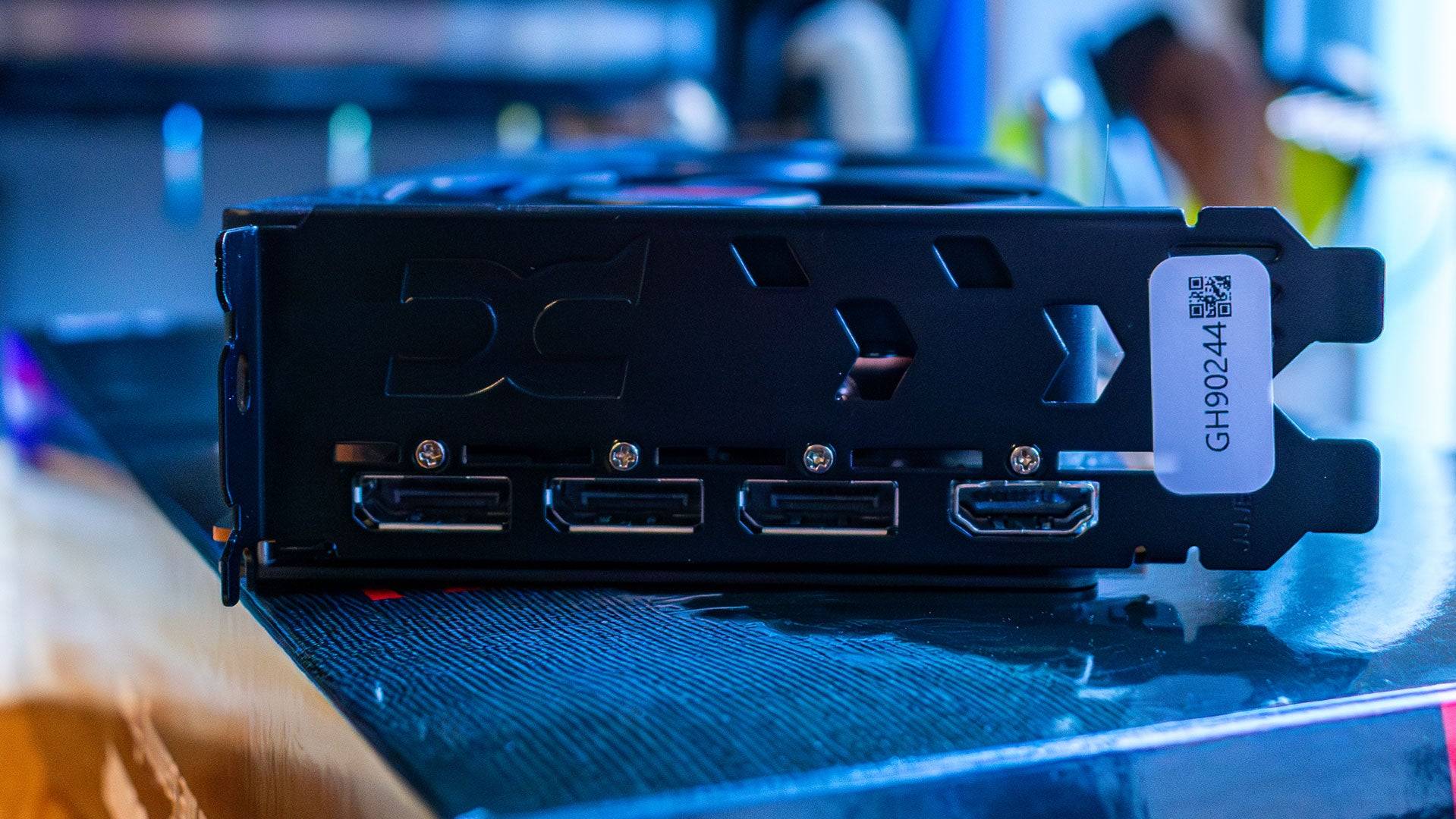
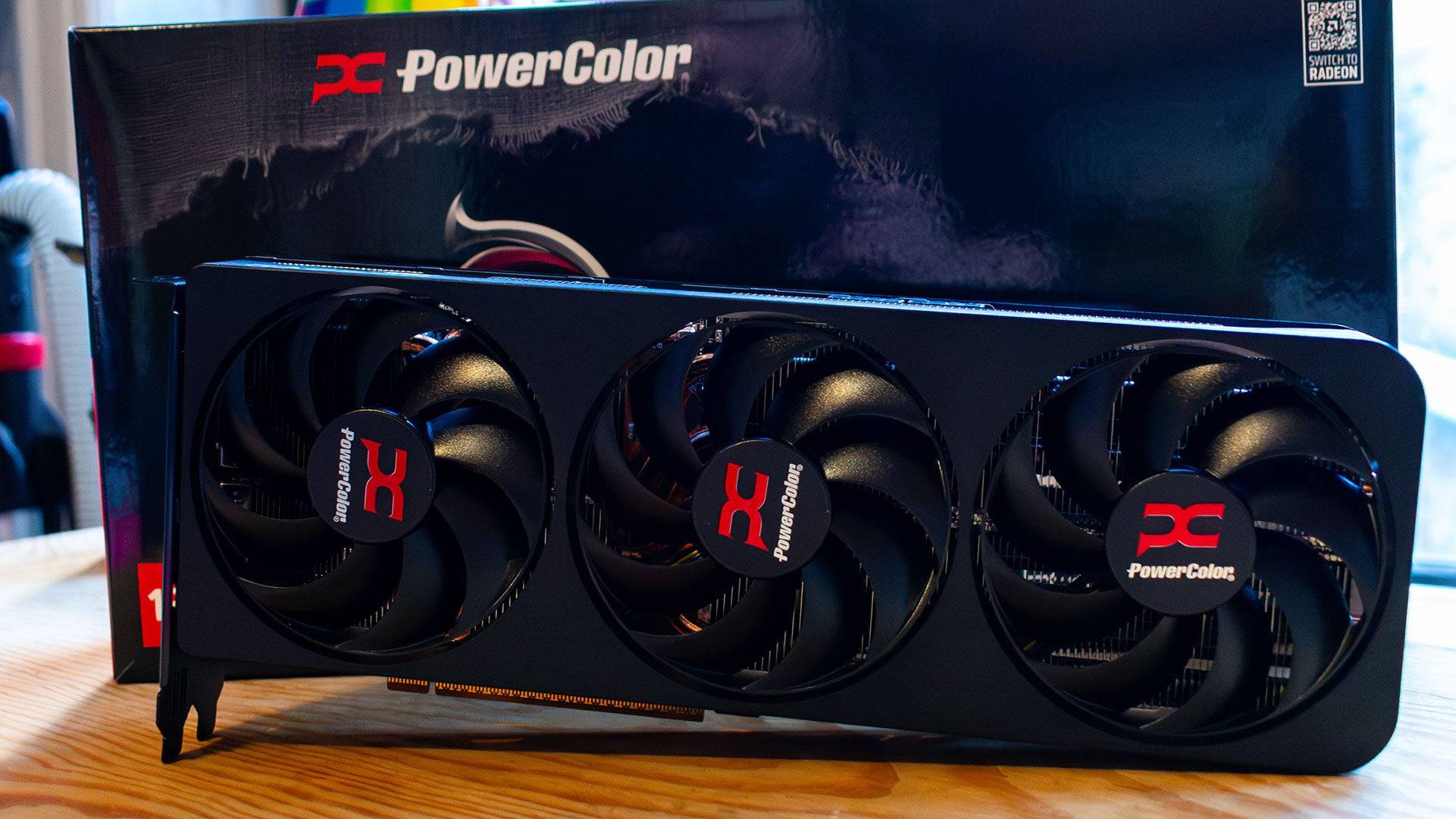 4 Images
4 Images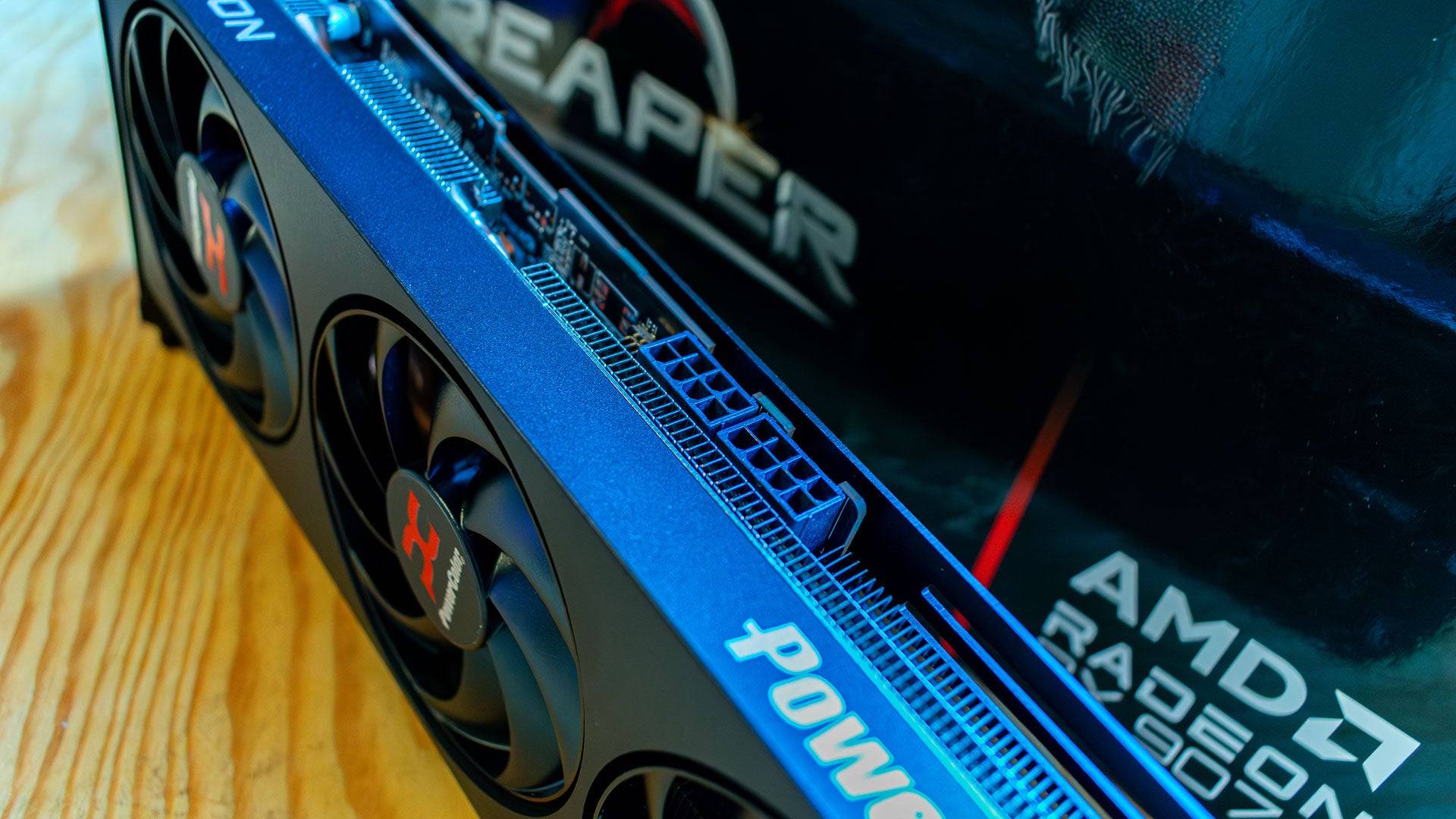
 RTX 5070 Ti vs. RX 9070 XT: Specs
RTX 5070 Ti vs. RX 9070 XT: Specs
Comparing the specs of two graphics cards with different architectures is challenging. While Nvidia’s CUDA cores and AMD’s Shading Units aim to achieve similar results, they function differently, making direct comparisons less straightforward.
The AMD Radeon RX 9070 XT features 64 RDNA 4 compute units, each equipped with 64 shader units, totaling 4,096. Each compute unit also includes two AI Accelerators and one RT Accelerator, summing up to 128 and 64, respectively. It comes with 16GB of GDDR6 memory on a 256-bit bus, which is sufficient for current games, though it may be pushed to its limits in future 4K gaming scenarios.
On the other hand, the Nvidia GeForce RTX 5070 Ti also boasts 16GB of VRAM but uses the newer GDDR7 memory, which offers higher speeds and bandwidth on the same 256-bit bus. It is equipped with 70 Streaming Multiprocessors, each containing 8,960 CUDA Cores, which is twice the number of Shader Units per Compute Unit compared to AMD. However, this doesn't necessarily translate to double the performance.
Winner: Nvidia GeForce RTX 5070 Ti
AMD Radeon RX 9070 XT & 9070 – Benchmarks
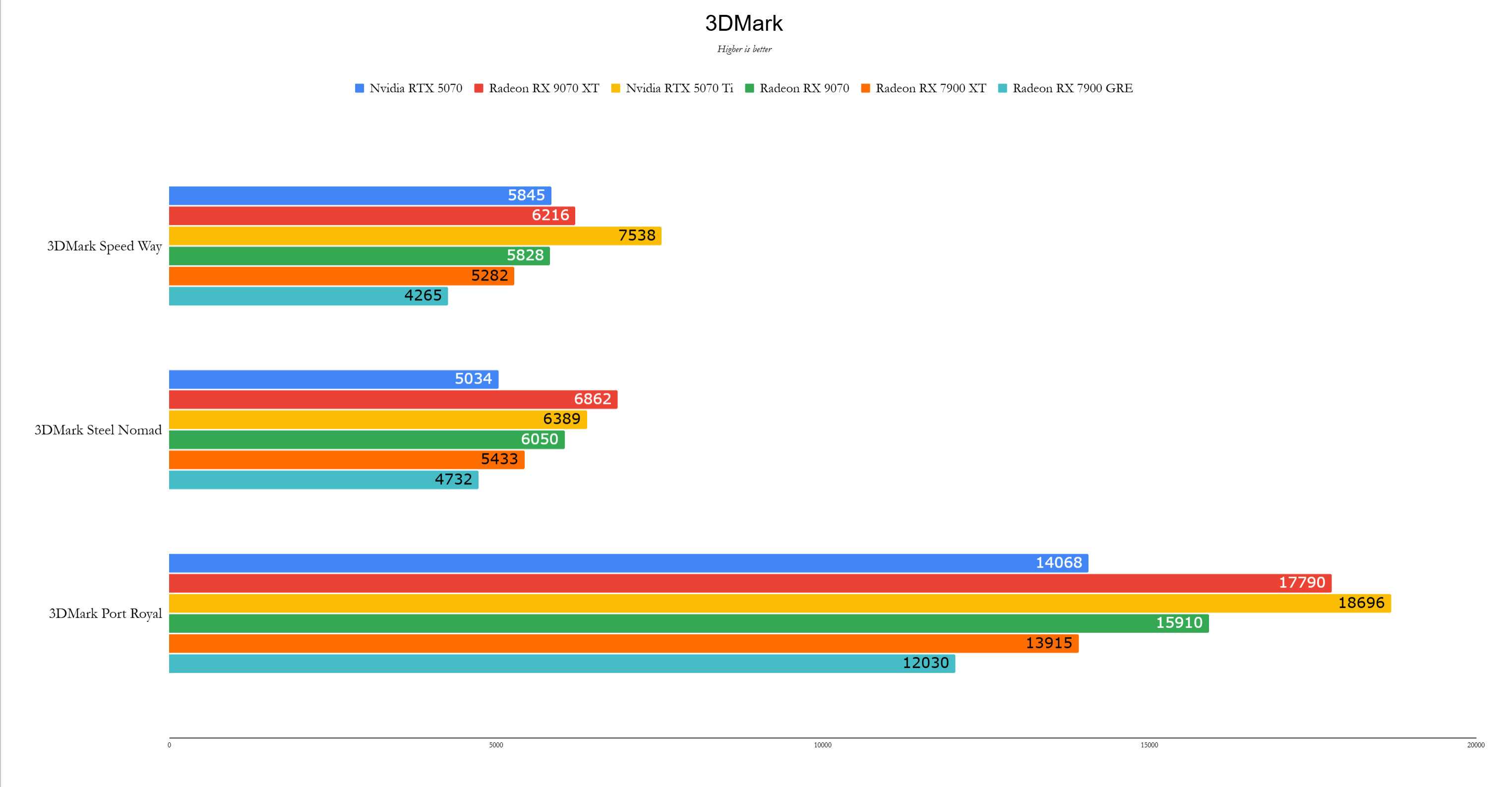
 11 Images
11 Images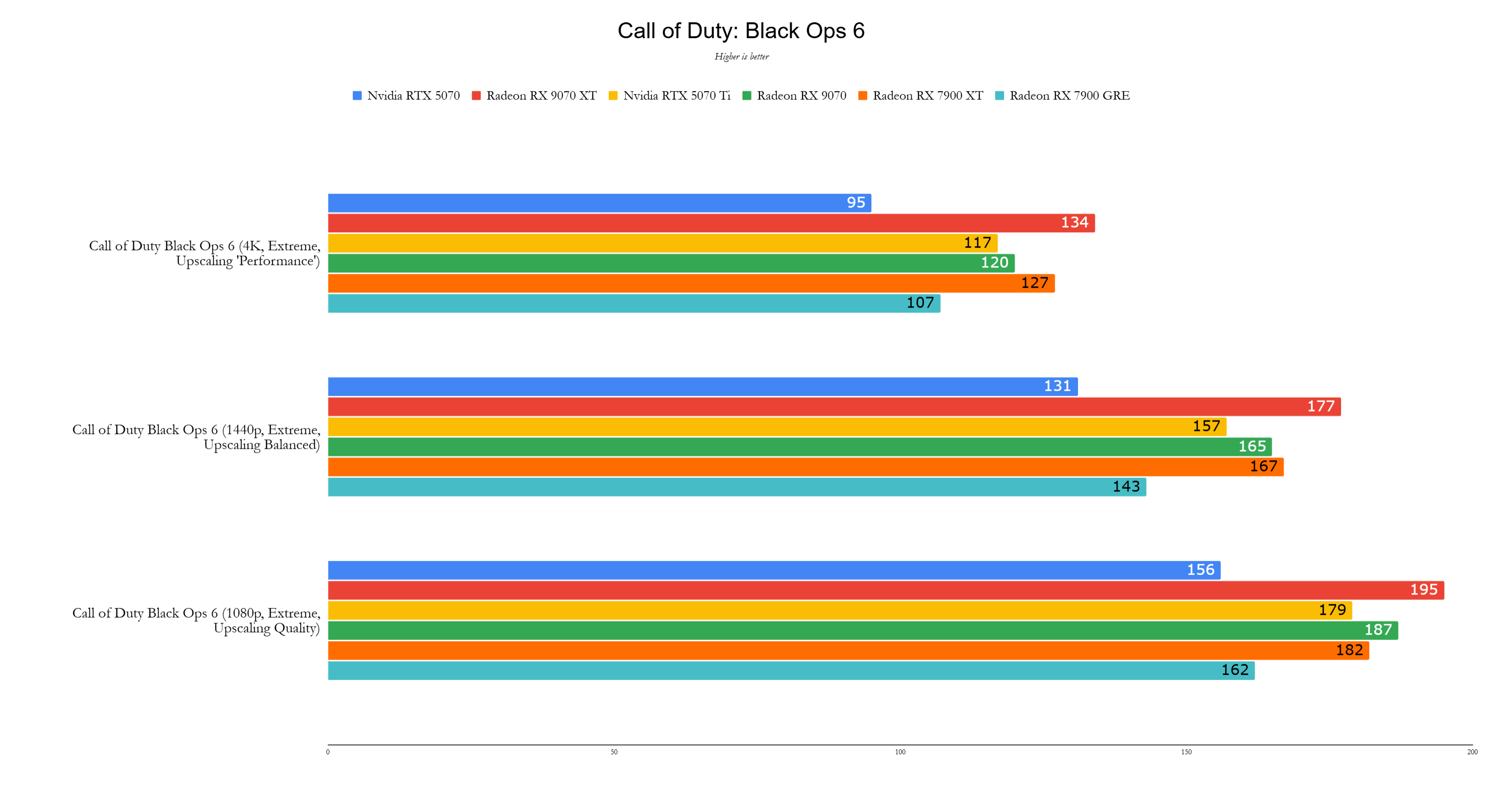
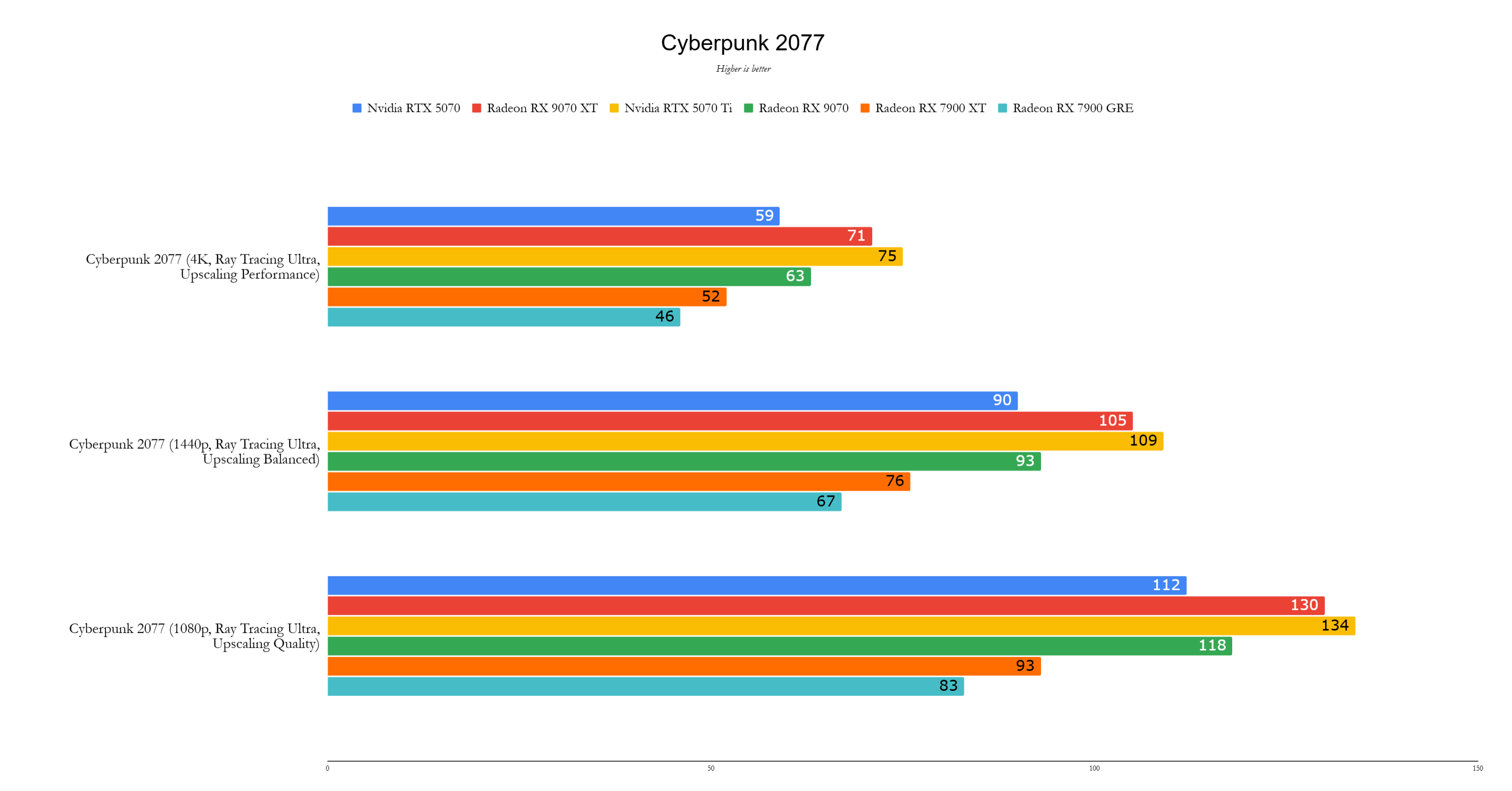
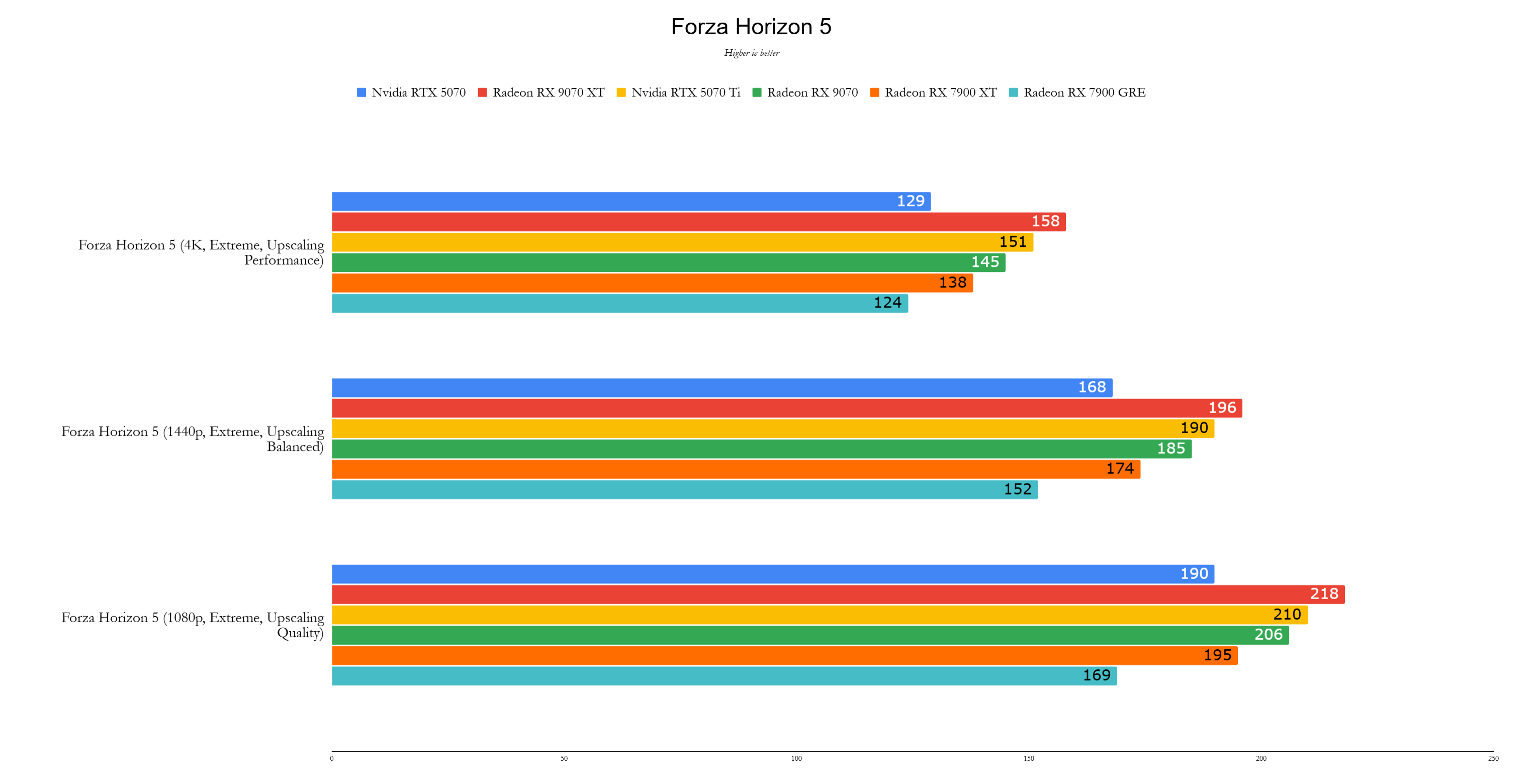
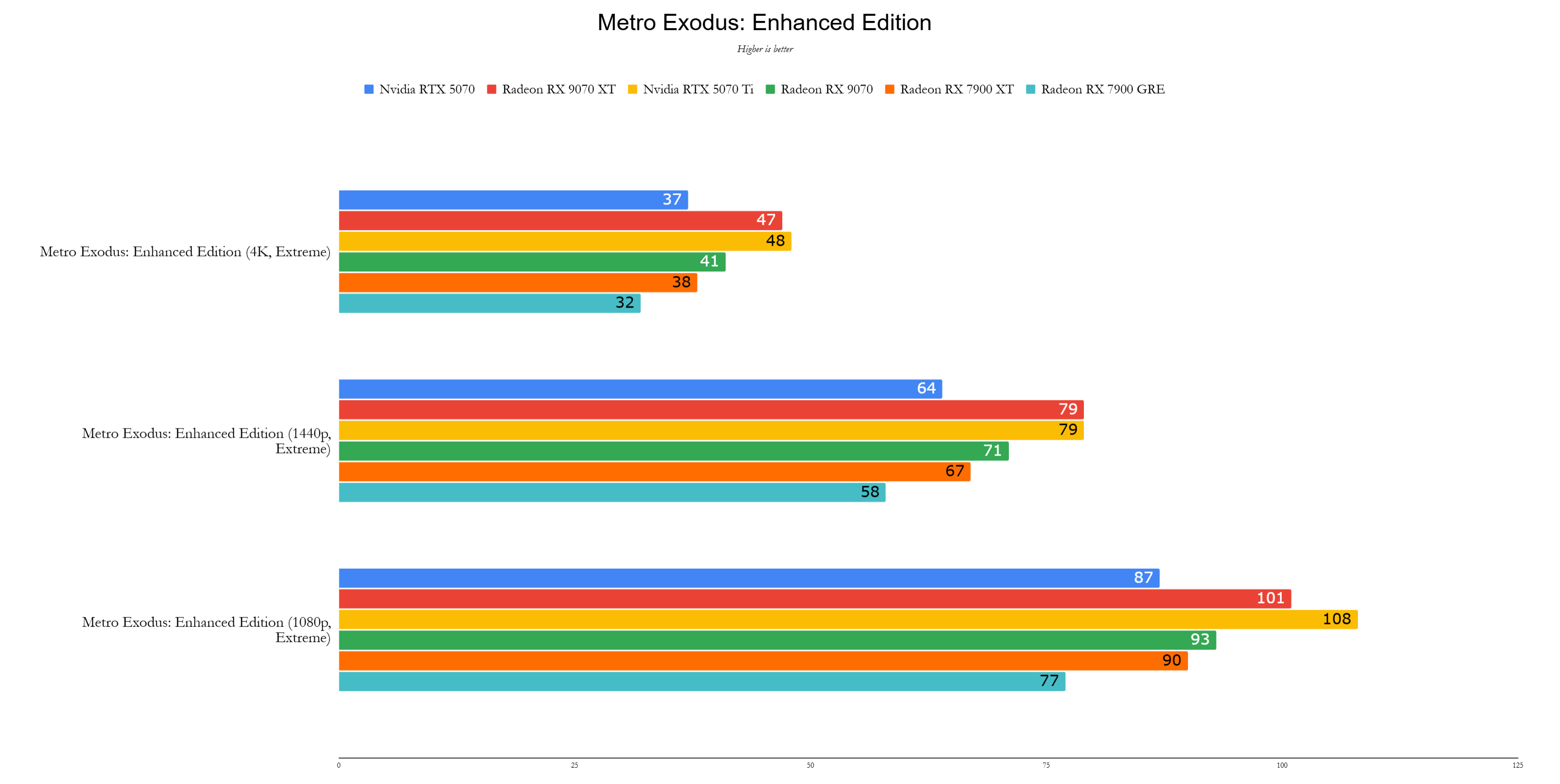 RTX 5070 Ti vs. RX 9070 XT: Performance
RTX 5070 Ti vs. RX 9070 XT: Performance
Despite the RTX 5070 Ti's superior specs on paper, real-world performance shows both cards are excellent choices for 4K gaming and top-tier options for 1440p gaming. During my review of the AMD Radeon RX 9070 XT, I anticipated it would be close to the RTX 5070 Ti but expected it to lag in ray-traced games. Surprisingly, even in demanding titles like Cyberpunk 2077, the AMD card stayed within a few frames of the more expensive RTX 5070 Ti.
There are instances where the RTX 5070 Ti outperforms, such as in Total War: Warhammer 3, where it achieves 87fps at 4K compared to the RX 9070 XT's 76fps. However, on average, the Radeon RX 9070 XT was 2% faster, a significant achievement considering its 21% lower cost.
Winner: AMD Radeon RX 9070 XT
Nvidia GeForce RTX 5070 Ti – Photos

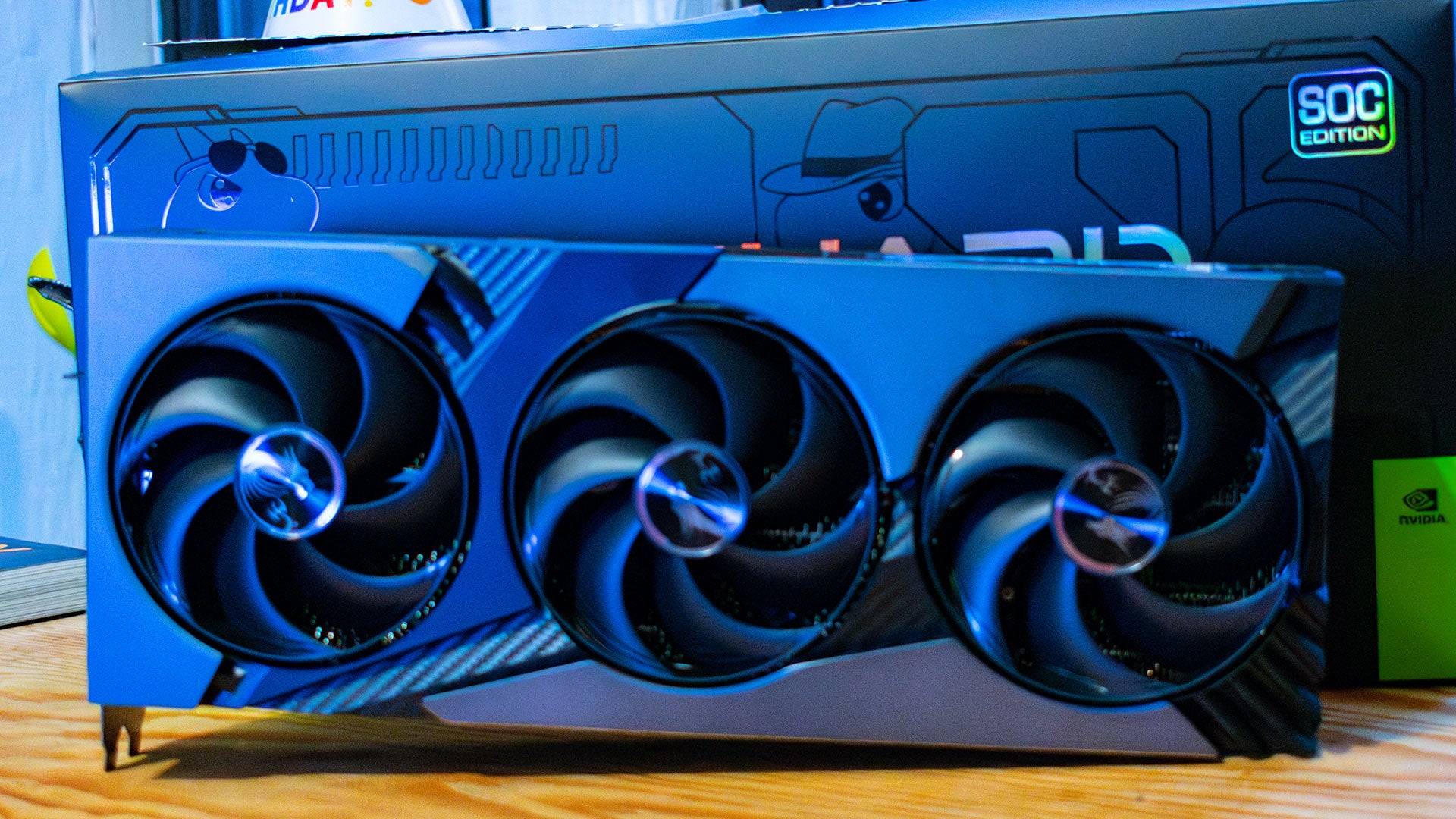 6 Images
6 Images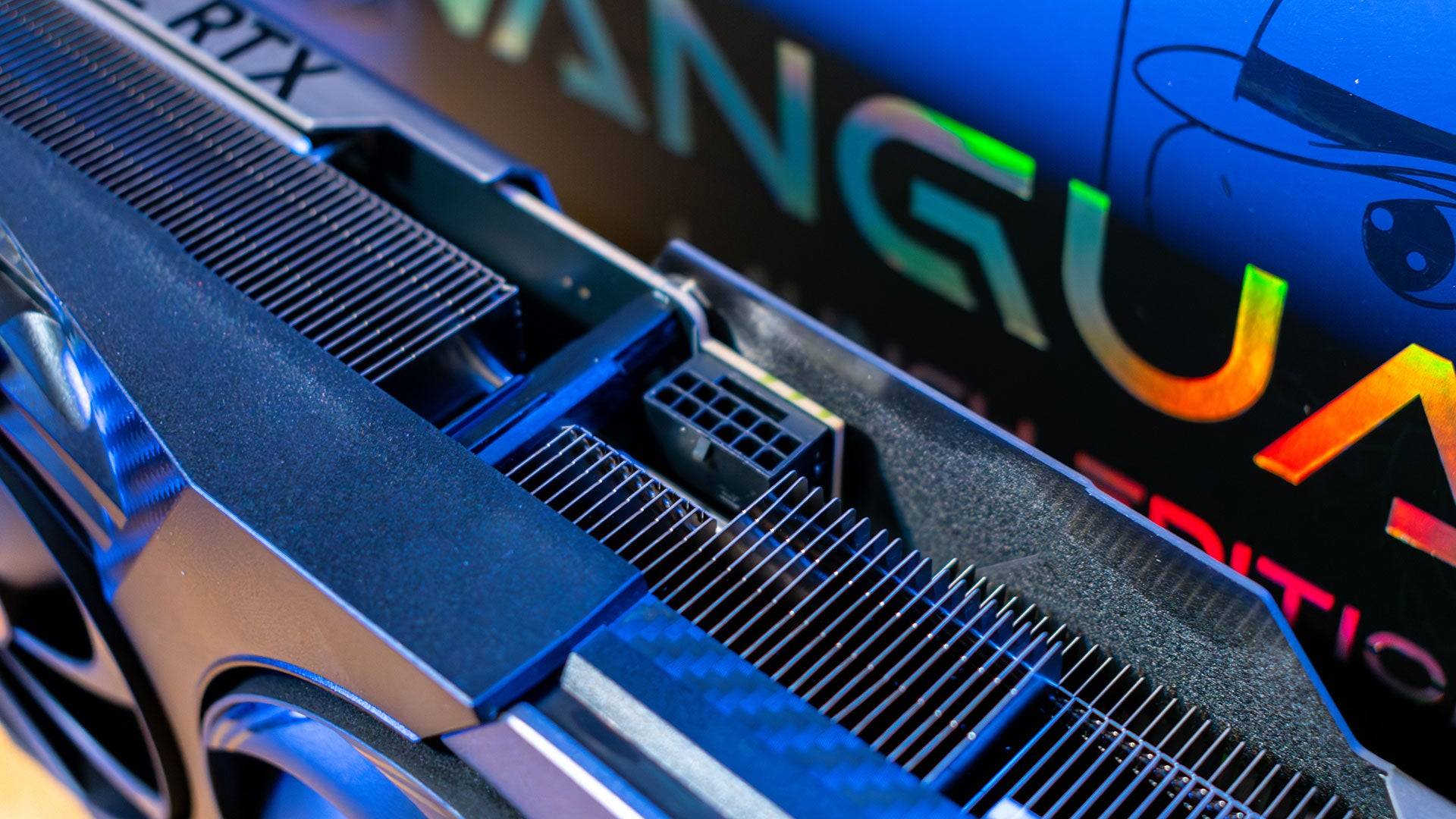
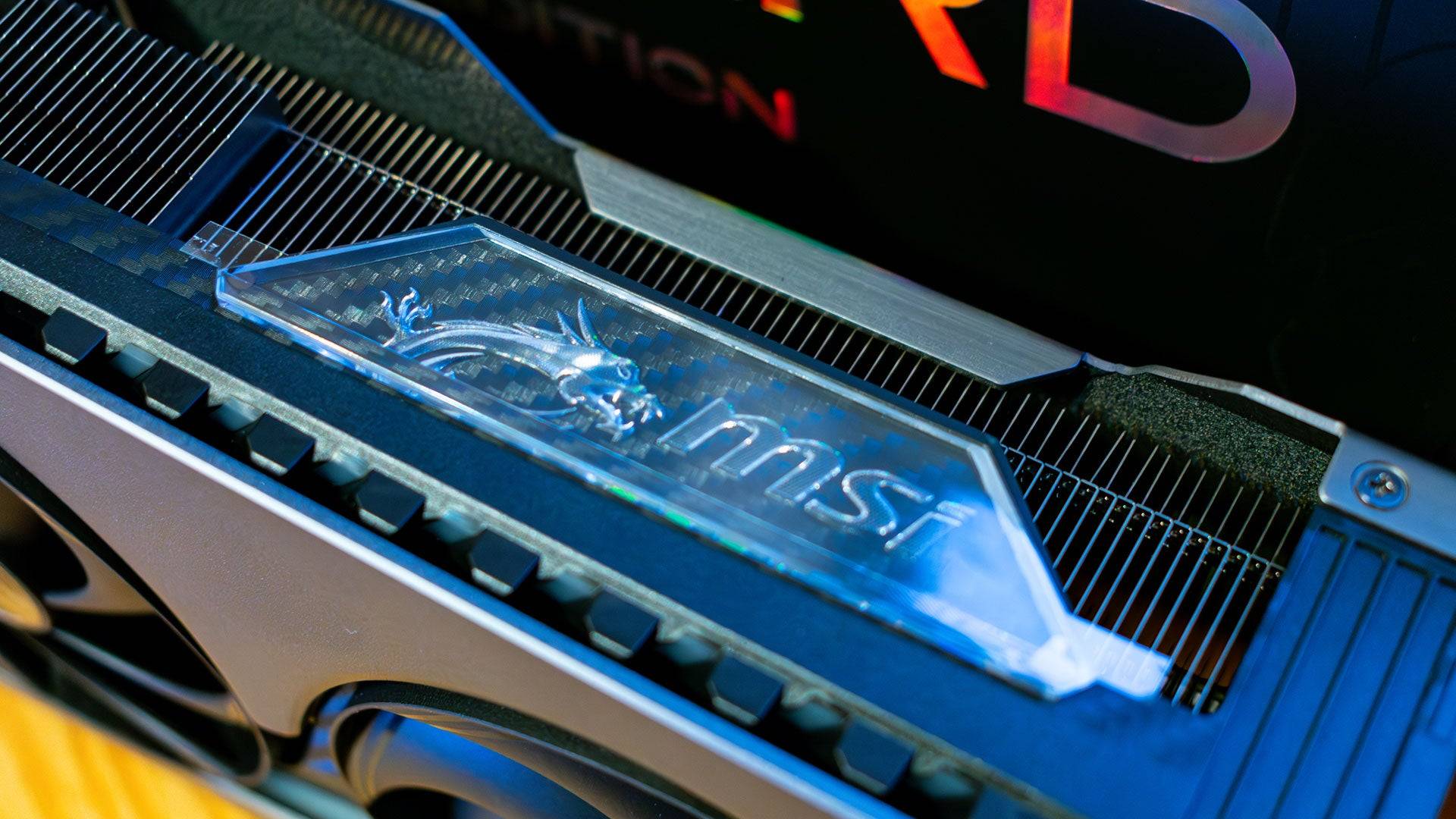

 RTX 5070 Ti vs. RX 9070 XT: Software and Features
RTX 5070 Ti vs. RX 9070 XT: Software and Features
Choosing a graphics card today involves more than just hardware specs. Both Nvidia and AMD provide a range of software features that enhance the capabilities of their GPUs.
The Nvidia RTX 5070 Ti's standout feature is its DLSS suite, which includes AI upscaling and Frame Generation. With DLSS 4, Nvidia introduces multi-frame generation, capable of generating three frames for each rendered frame, significantly boosting frame rates with a minor latency increase mitigated by Nvidia Reflex. This feature is best utilized when you're already achieving at least 45fps, ideally over 60fps.
AMD also offers Frame Generation, but it's limited to one interpolated frame per rendered frame. The major advancement for AMD this generation is FSR 4, which introduces AI upscaling to their GPUs for the first time. Unlike the previous temporal upscaling method, FSR 4 uses the Radeon RX 9070 XT's AI accelerators for machine learning-based upscaling, providing sharper images, though it's not as fast as FSR 3. It's worth noting that this is AMD's first foray into AI upscaling, while Nvidia has been refining DLSS for seven years.
Winner: Nvidia GeForce RTX 5070 Ti
 RTX 5070 Ti vs. RX 9070 XT: Price
RTX 5070 Ti vs. RX 9070 XT: Price
GPU pricing is a contentious issue, with new generation cards often sold out and prices inflated. Both Nvidia and AMD set suggested retail prices, but actual prices can vary widely due to retailer and third-party manufacturer markups. While it's hard to predict future prices, we hope they will eventually align closer to MSRP as supply improves.
At its launch price of $599, the AMD Radeon RX 9070 XT is a standout value, capable of running any game at 4K with max settings when using FSR 4 AI upscaling. This pricing harks back to when flagship GPUs launched at more reasonable prices before Nvidia's gradual price increases starting with the RTX 2080 Ti. Hopefully, this signals a return to more sensible pricing from GPU manufacturers.
In contrast, the Nvidia RTX 5070 Ti, despite its similar performance to the RX 9070 XT, starts at $749, a significant $150 more. The additional features like Multi-Frame Generation may justify the cost for some, but it largely depends on your gaming needs and the titles you play.
Winner: AMD Radeon RX 9070 XT
The Winner Is… the AMD Radeon RX 9070 XT
Both the AMD Radeon RX 9070 XT and Nvidia GeForce RTX 5070 Ti are exceptional for 1440p and 4K gaming. However, the RX 9070 XT's ability to deliver comparable performance at a much lower price makes it the clear winner. As prices hopefully normalize, the value proposition of the AMD card becomes even more compelling.
For those building a high-end gaming PC aimed at 1440p or venturing into 4K, the AMD Radeon RX 9070 XT is a top choice. While it lacks multi-frame generation, this feature is less critical for most users without high-refresh 4K monitors.
-
The second anniversary update for Snowbreak: Containment Zone is here, packed with giveaways, new characters, and fresh game modes! Discover what this major milestone brings to the game.Snowbreak Concord Ode Update Delivers Special Codes, Free 5-StarAuthor : Elijah Dec 20,2025
-
Niantic has unveiled new information about the upcoming Sea of Monsters event in Monster Hunter Now. This event is part of the Summer Hunt 2025, introducing the formidable Elder Dragon Namielle to the game for the very first time.Namielle Is Truly UnAuthor : George Dec 20,2025
- Spring Valley Farm Game: January 2025 Redeem Codes
- WWE Superstars Join Call of Duty Warzone: Mobile Roster
- Midnight Girl is a minimalist point-and-click adventure set in Paris in the 60s, now open for pre-orders on mobile
- Mobile Legends: Bang Bang – Best Lukas Build
- "Grand Outlaws Unleashes Chaos and Crime on Android Soft Launch"
- Video Game Song Surpasses 100 Million Streams on Spotify






















